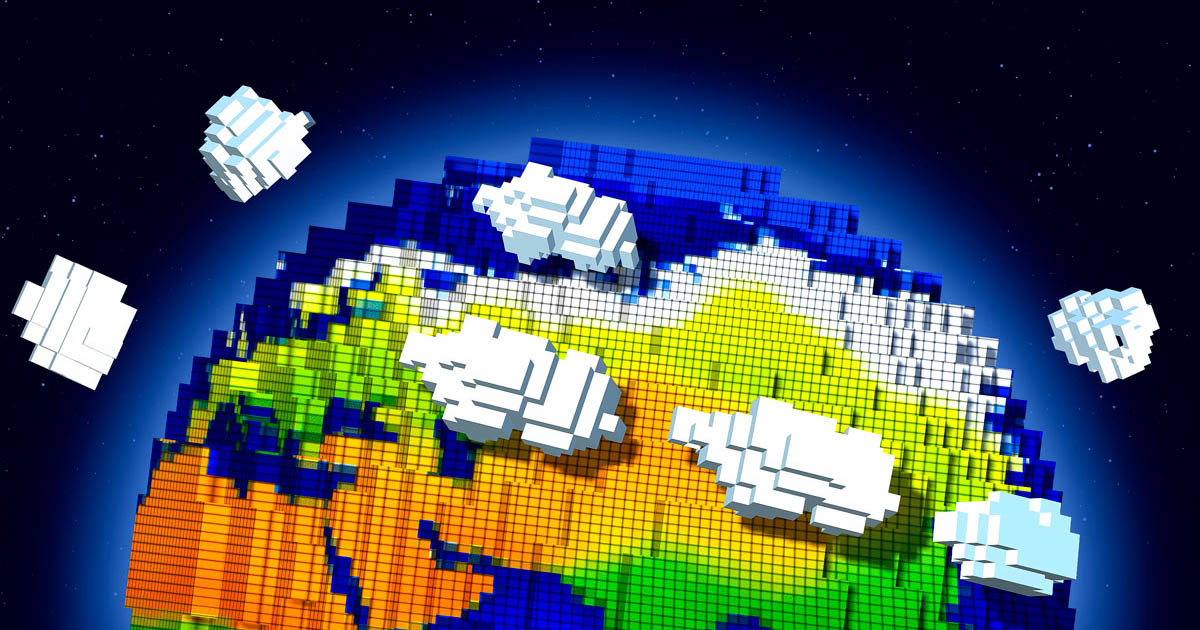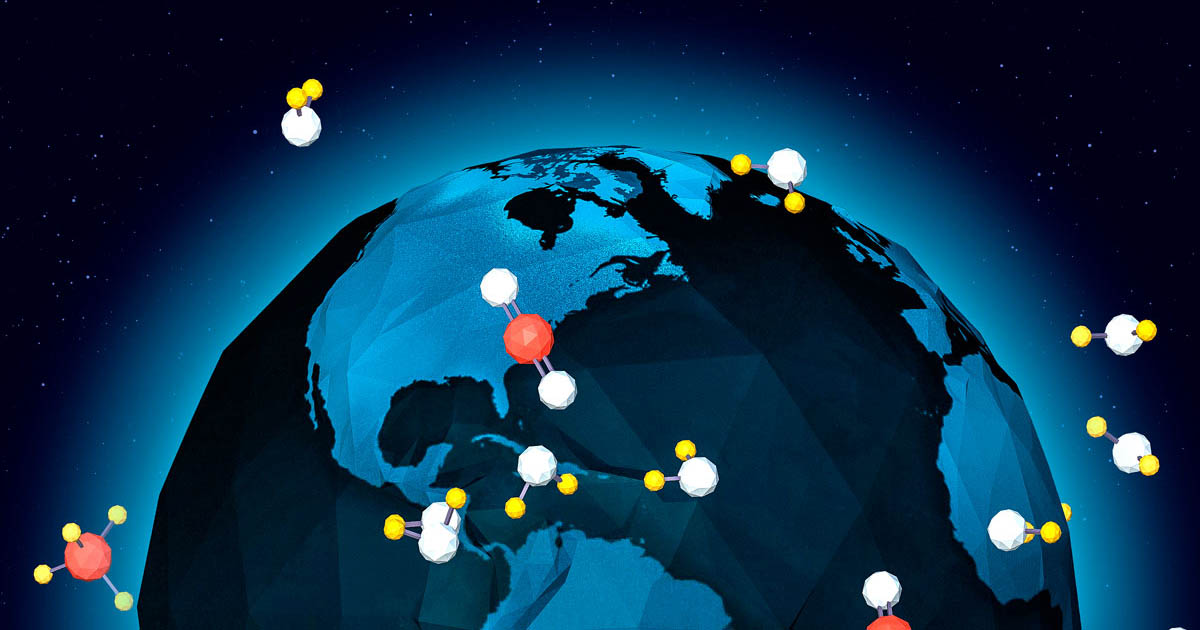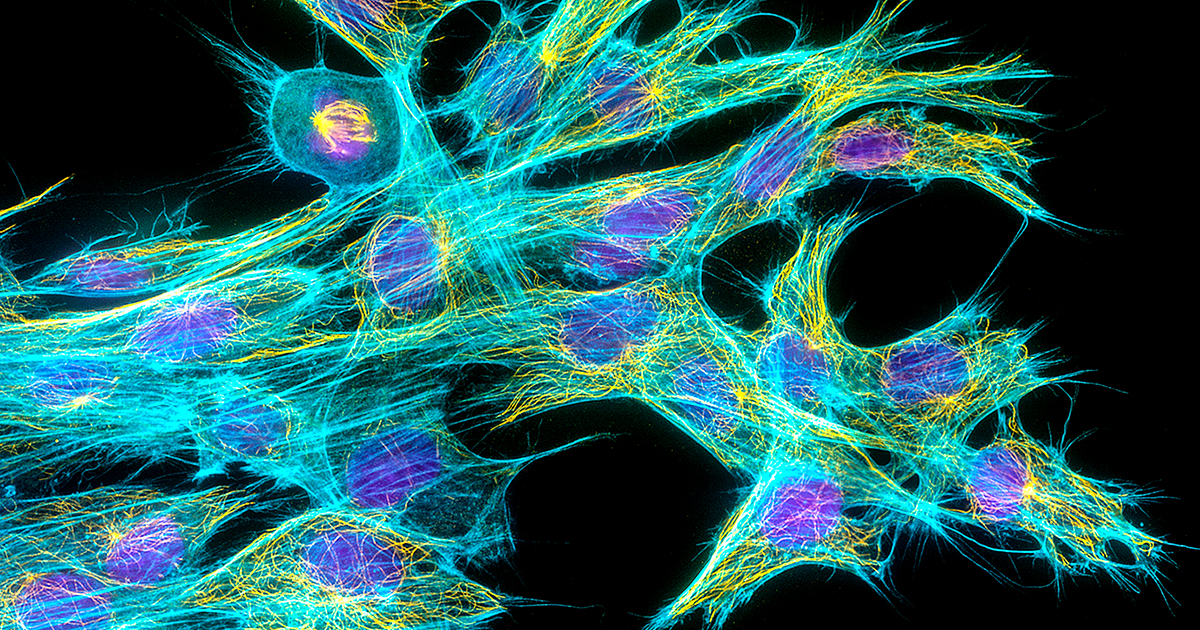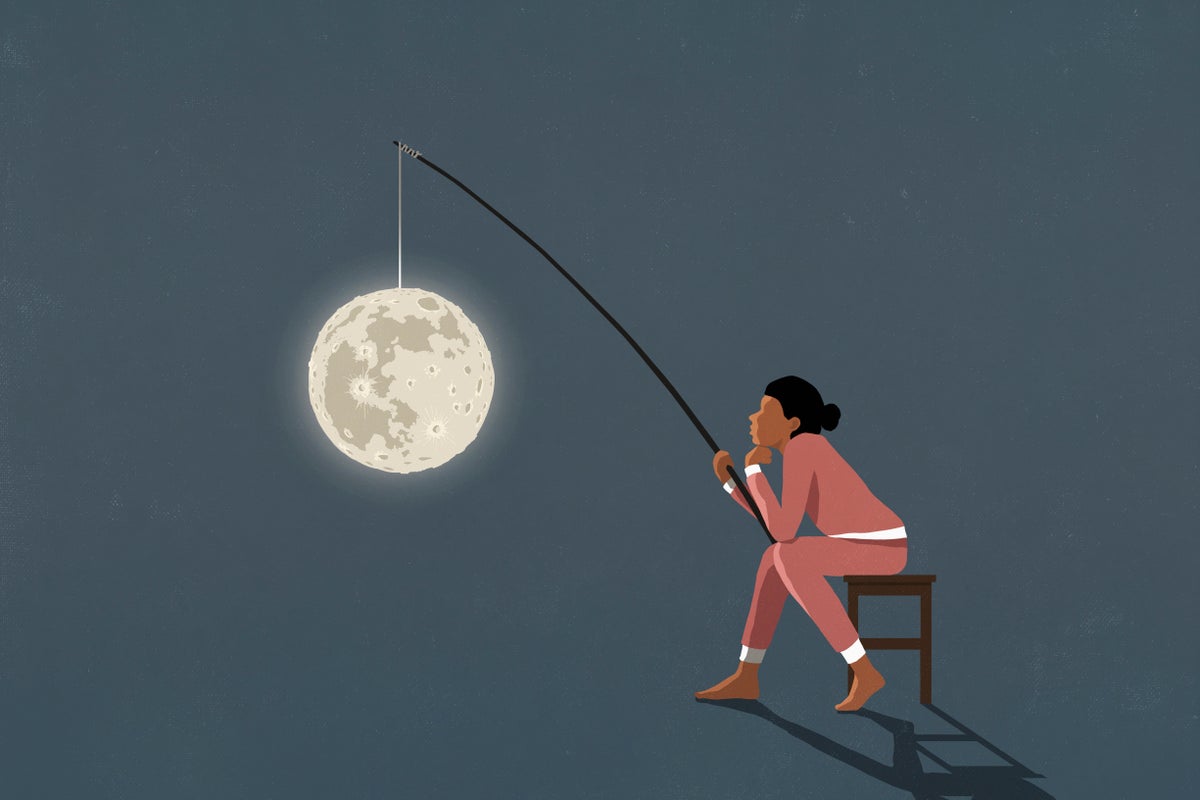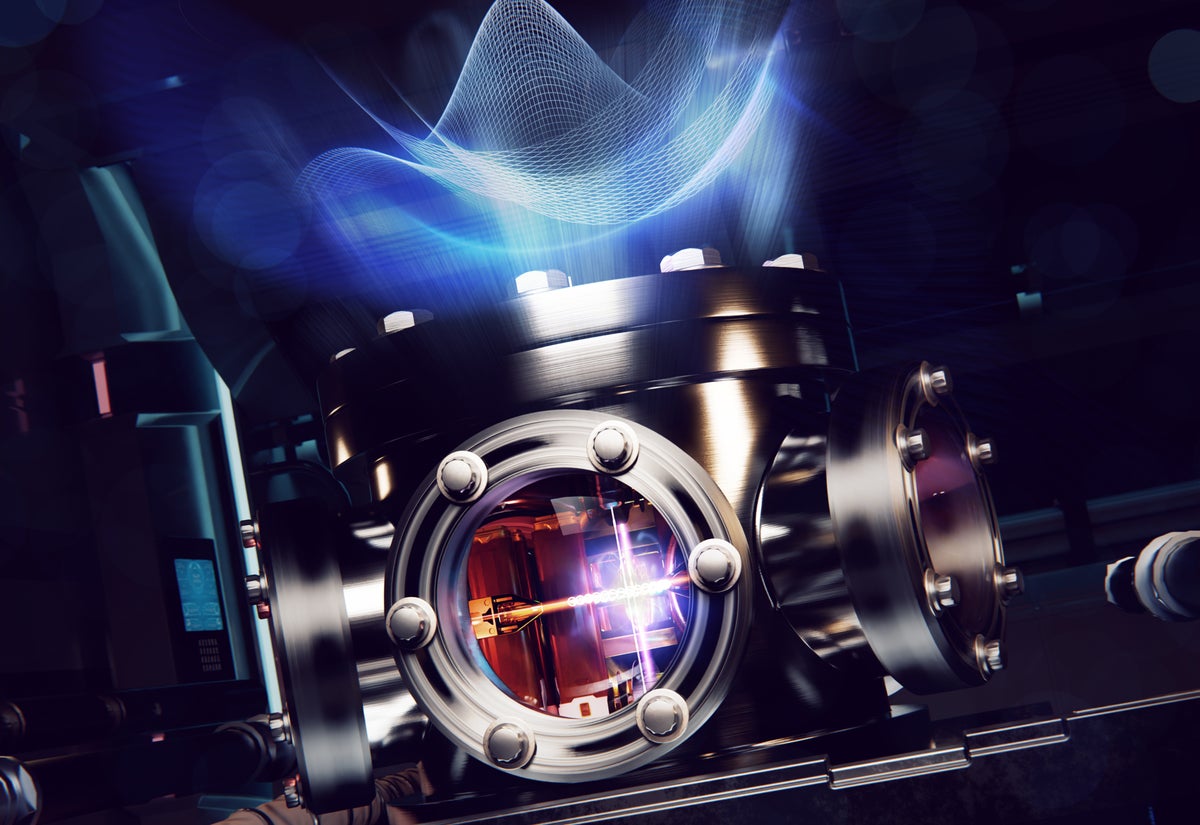In May, the Trump administration released its fiscal 2026 budget request, which called for cutting National Science Foundation and NASA science budgets by more than half. The administration’s proposed NOAA budget, released a few weeks later, proposes eliminating the agency’s scientific research arm altogether, terminating over 1,000 additional employees and shuttering around a dozen institutes,… Continue reading How Climate Scientists Saw the Future Before It Arrived
Category: Quantum Stuff
A Good Night’s Sleep Is Important for Weight Loss
This Nature Outlook is editorially independent, produced with financial support from Avadel. A healthy diet and regular exercise have long been staples of weight management. But research shows that the role of sleep, which helps to regulate appetite hormones and calorie intake, is just as important. Esra Tasali, a sleep specialist at University of Chicago… Continue reading A Good Night’s Sleep Is Important for Weight Loss
The Quantum Mechanics of Greenhouse Gases
There’s a simple story of the greenhouse effect: A blanket of carbon dioxide envelops the planet, letting sunlight in but trapping its heat. As a result, Earth warms. But how does this actually work? Carbon dioxide amounts to only a tiny smattering of gas molecules — 0.042%, or roughly 420 parts per million — in… Continue reading The Quantum Mechanics of Greenhouse Gases
The Climate Change Paradox | Quanta Magazine
The Earth’s atmosphere is nothing but freely roaming molecules. Left alone, they would drift and collide, and eventually even out into a mixture that’s dynamic, yet stable and broadly unchanging. The sun’s rays complicate things. Energy enters the Earth system in daily cycles, the bulk of it going to whichever half of the planet is… Continue reading The Climate Change Paradox | Quanta Magazine
Photos Capture the Extreme, Beautiful Work of Climate Science
Nearly 170 years ago, a scientist named Eunice Foote discovered a fundamental truth about the gases that surround us. In her home laboratory in New York, she filled one glass cylinder with carbon dioxide and another with regular air, placed a thermometer in each and left them out in the sun. Less than 20 minutes… Continue reading Photos Capture the Extreme, Beautiful Work of Climate Science
Tiny Tubes Reveal Clues to the Evolution of Complex Life
Intermediate Interest The eukaryotic cell, in some ways, looks as though it came out of nowhere. Unlike bacteria and archaea, which are much older forms of life called prokaryotes, a eukaryotic cell has a double membrane of lipids around it. It also has mitochondria — remnants of formerly free-living bacteria — providing energy, a nucleus… Continue reading Tiny Tubes Reveal Clues to the Evolution of Complex Life
One Woman’s Pharmaceutical Journey to a Good Night’s Sleep
This Nature Outlook is editorially independent, produced with financial support from Avadel. I never had issues with sleep until the COVID-19 pandemic. A couple of months into lockdown in 2020, I found myself unable to fall or stay asleep. My worries played on an unstoppable loop, and the longer I lay in bed, the more… Continue reading One Woman’s Pharmaceutical Journey to a Good Night’s Sleep
A Single Atom Has Achieved a Breakthrough in Quantum Simulation
Single Atom Acts as a Quantum Computer and Simulates Molecules A quantum computer has used a single atom to model the complex dynamics of organic molecules interacting with light By Davide Castelvecchi & Nature magazine A view inside the trapped-ion quantum computer that carried out a first-of-its-kind simulation of molecular chemistry. The University of Sydney/Sciencebrush.design… Continue reading A Single Atom Has Achieved a Breakthrough in Quantum Simulation
Self-Assembly Gets Automated in Reverse of ‘Game of Life’
Alexander Mordvintsev showed me two clumps of pixels on his screen. They pulsed, grew and blossomed into monarch butterflies. As the two butterflies grew, they smashed into each other, and one got the worst of it; its wing withered away. But just as it seemed like a goner, the mutilated butterfly did a kind of… Continue reading Self-Assembly Gets Automated in Reverse of ‘Game of Life’
Vitamin D May Slow Cells’ Aging by Protecting DNA
Vitamin D May Slow Cells’ Aging Vitamin D supplements may help prevent the loss of telomeres, DNA sequences that shrink with aging, a large study shows. But the health effects aren’t yet clear By Stephanie Pappas edited by Jeanna Bryner A new study suggests vitamin D supplements might slow cellular aging by protecting telomeres. Olga… Continue reading Vitamin D May Slow Cells’ Aging by Protecting DNA
